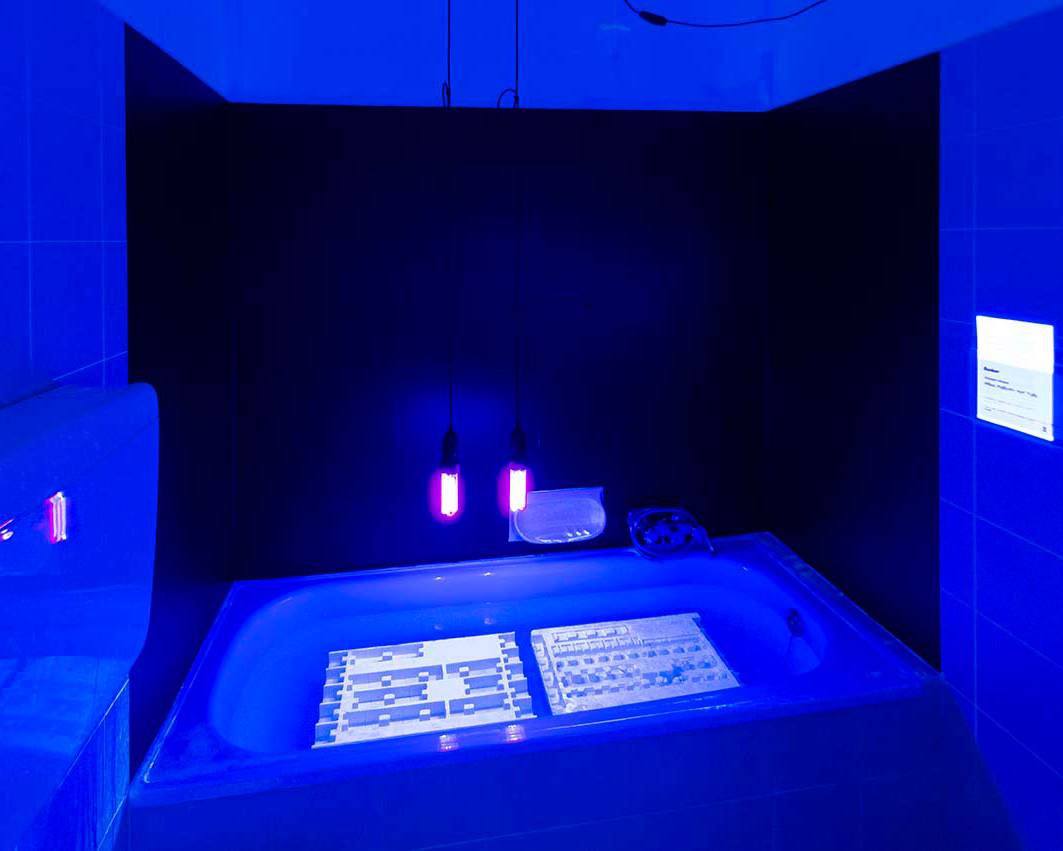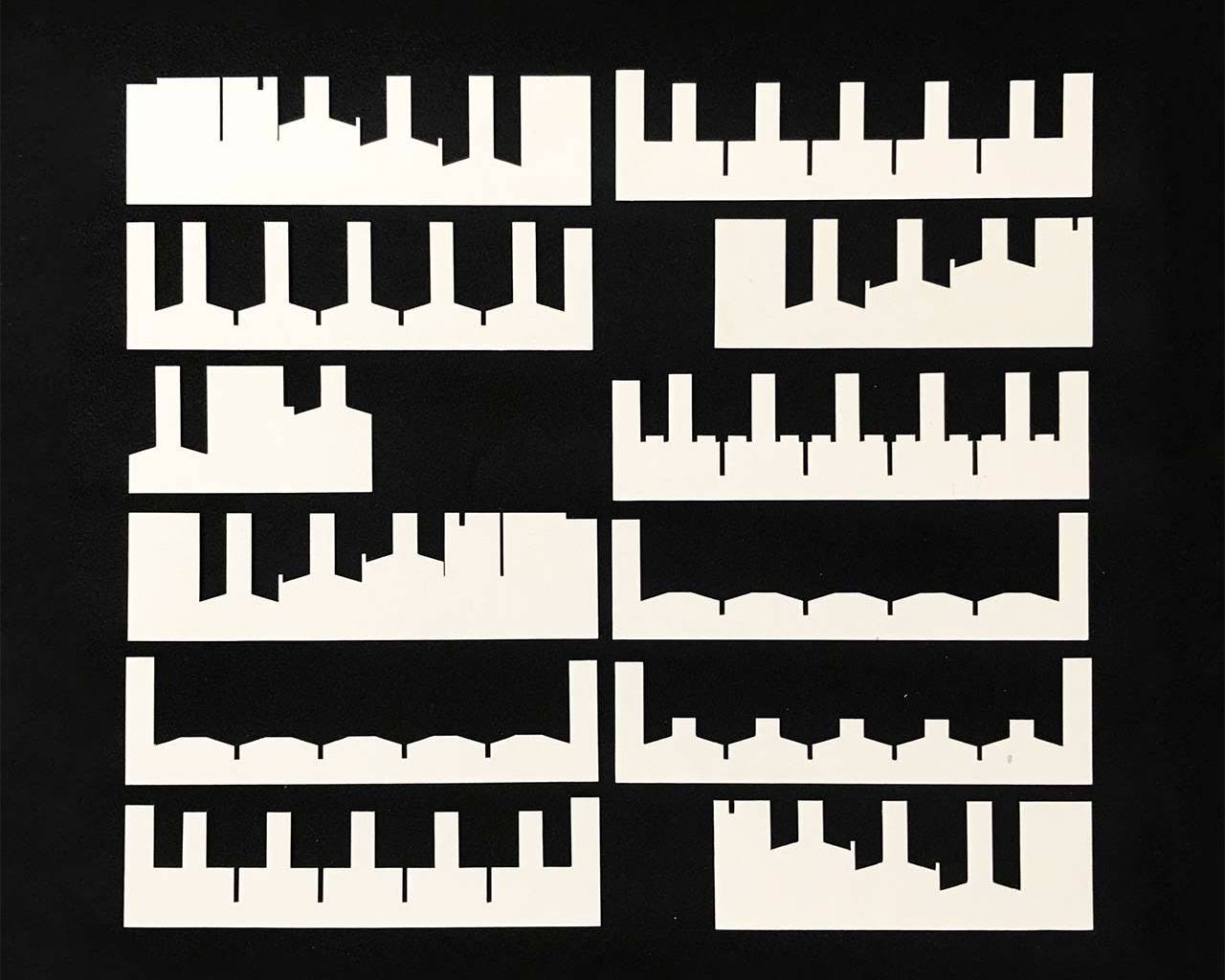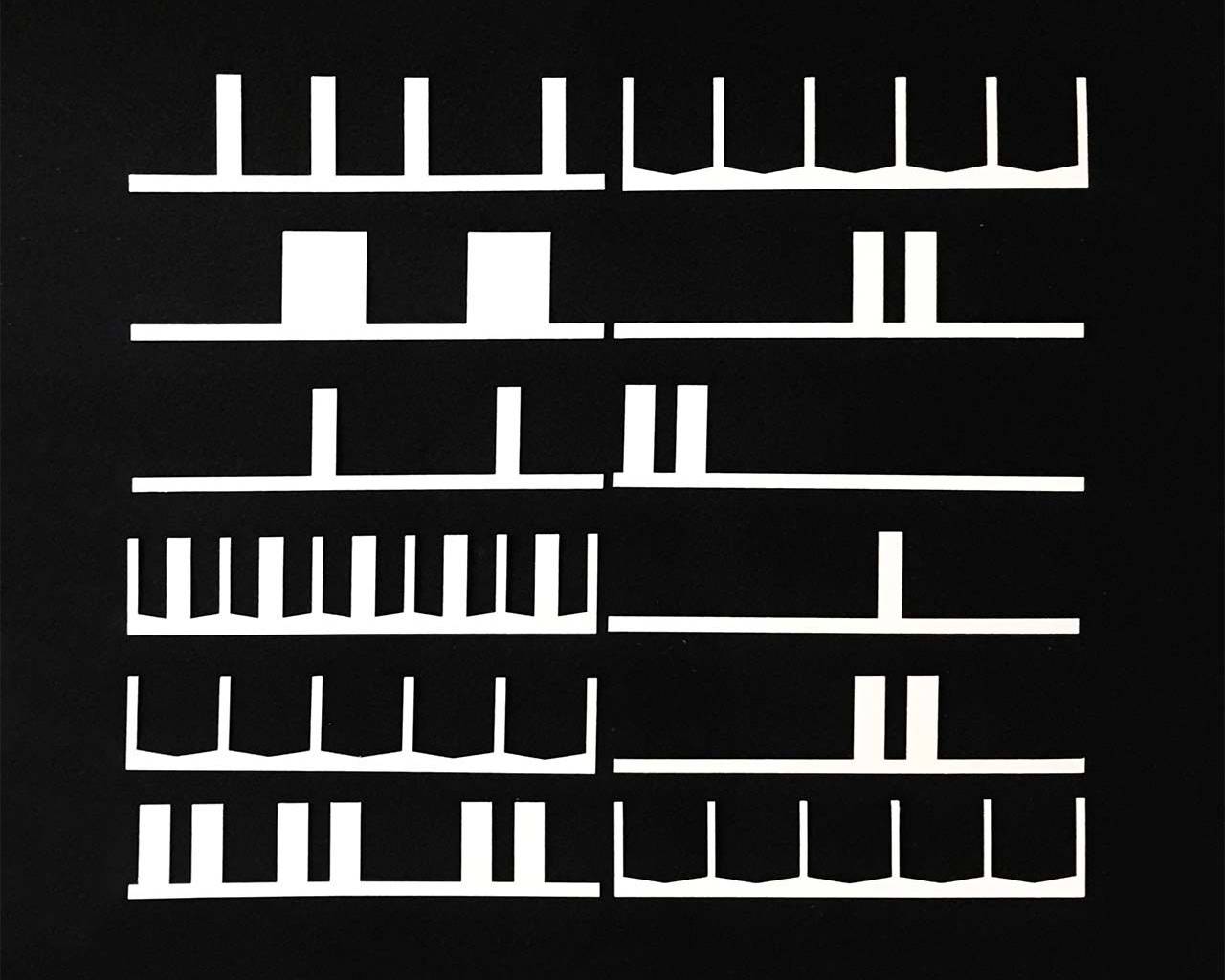Unfolding Pavilion
Venezia, 2018
Bunker Arc for Unfolding Pavilion,
Little Italy / Giudecca Social Housing (IACP)
25-30 maggio, 2018 / 16° Biennale Architettura Venezia
Curators: Daniel Tudor Munteanu, Davide Tommaso Ferrando e Sara Favargiotti
Production: Daniel Tudor Munteanu, Davide Tommaso Ferrando, Sara Favargiotti
The Venetian condition of landscape suspension hides a great internal complexity.
A city made of spatio-temporal expansions and contractions.
Commercial hub and modern metropolis, a city of festivals, Venice is reflected on its waters and blurred with the sky over the horizon.
A mirrored image disturbed by the rippling waves of the lagoon.
In the 16th Century, Palladio titled a drawing “Project for four units of a serial type with court and well”.
It depicts a modern housing solution where volumes are alternated with patios with a well.
Palladio’s design represents a form of innovation in the density of the city.
The alternate solids and voids offer a re-interpretation of the city’s own functions, referring to a construction far from the water, almost an intentional expansion of the city.
A repeatable module open to variations forms a new urban pattern.
In 1980, Gino Valle designed a residential complex at Giudecca.
Just like Palladio, Valle conceives his project starting from a “carpet” of square modules.
The peculiar volumetric articulation is given by the alternation of modular yet different external spaces.
Such spaces are generated from a geometric grid by additions and subtractions.
Venetian spatiality is revived through the reinterpretation of its key spaces: the campo, campiello, calle, portico and corte.
Starting from a spatial experimentation based on a geometric process of homologies and homoteties, the intervention reflects on the relationship between the two projects and their densities within the lagoon setting.
A look that goes from the micro space of the module to the macro scale of the lagoon.
Two concrete models immersed in water compare the densities of the two projects through the representation of their voids.







